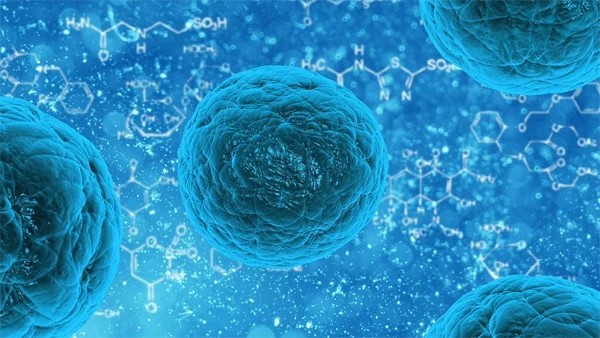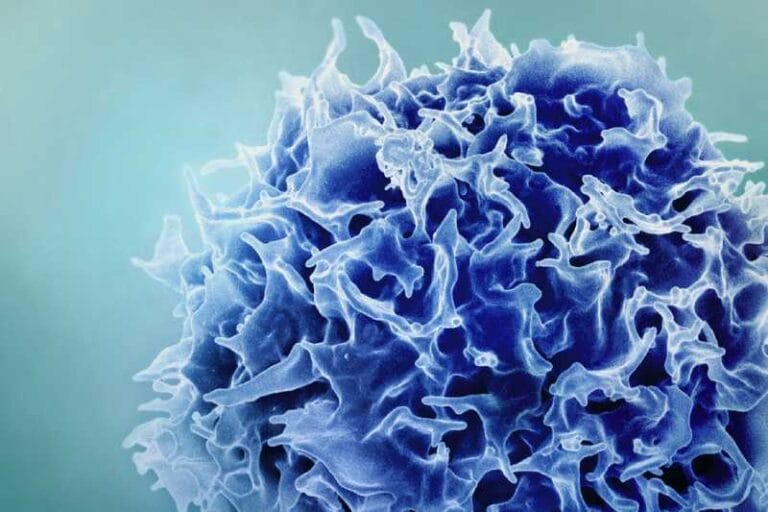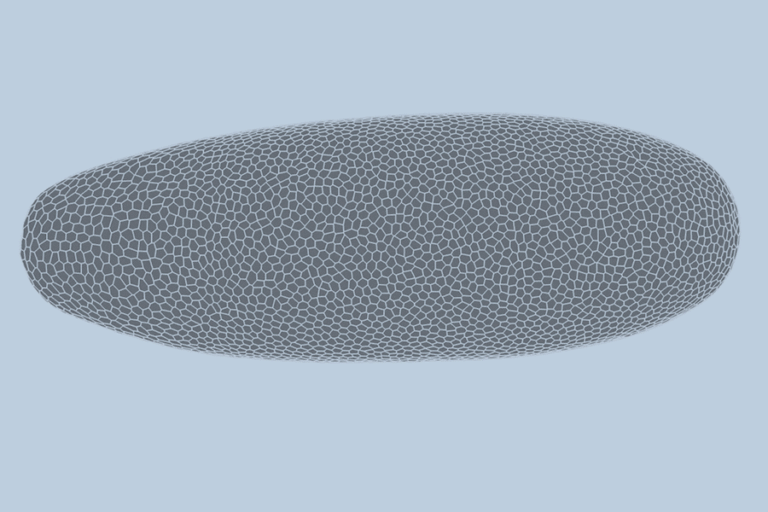Cells have a hidden communication system

Cells are skillful navigators in a sea of constant change and challenges. How do they manage to adjust so quickly to this environment in perpetual flux? A recent study from the Moffitt Cancer Center, published in iScience, sheds light on this challenging question, challenging entrenched concepts about how cells process information, traditionally considered exclusively dependent on DNA.
Although the genetic code provides crucial instructions for protein synthesis and other vital functions, research led by Dipesh Niraula, Ph.D., and Robert Gatenby, M.D., has revealed the existence of a non-genomic information system that operates in parallel to DNA. This system allows cells to collect data from the environment and react quickly to changes.
The study focused on the analysis of ion gradients in the cell membrane, maintained by specialized pumps that require considerable energy to create variable transmembrane electrical potentials. The researchers propose that these gradients represent a vast reservoir of information, allowing cells to continuously monitor their surroundings.
When information is received at any point in the cell membrane, it interacts with specialized gates in specific ion channels, triggering them to open. This allows ions to flow along pre-existing gradients, thus establishing a communication channel. These ion flows trigger a series of events in the membrane, enabling the cell to analyze and react promptly to environmental stimuli.
When ion flows are intense or prolonged, they can even induce the self-assembly of the microtubules and microfilaments of the cytoskeleton, a crucial three-dimensional structure made up of proteins. This discovery opens up new perspectives on how cells perceive and respond to the environment, highlighting the extraordinary complexity and adaptability of biological systems.

Generally, the cytoskeleton plays a vital role in providing mechanical support to the cell, shaping its structure and facilitating its movements. However, the Moffitt researchers observed something intriguing: the proteins that make up the cytoskeleton also demonstrate surprising abilities as ion conductors. This implies that the cytoskeleton may serve as an intricate communication network within the cell, transmitting ion-based information from the membrane to the various intracellular organelles, including the mitochondria, the endoplasmic reticulum and the nucleus.
This discovery suggests that the cytoskeleton not only provides physical structure, but also plays an active role in cell communication. It facilitates rapid, localized responses to specific stimuli, allowing the cell to react promptly to changes in its immediate environment. In addition, the researchers propose that this intracellular communication system can also coordinate broader responses to significant environmental changes, both at a regional and global level. This capacity for adaptive response on different scales highlights the sophisticated nature of cellular mechanisms and their ability to adjust to a variety of environmental conditions.
“Our research reveals the ability of cells to harness transmembrane ion gradients as a means of communication, allowing them to sense and respond to changes in their environment quickly,” said Niraula, an applied research scientist in the Department of Machine Learning. “This intricate network allows cells to make quick, informed decisions critical to their survival and function.”

The researchers postulate that this non-genomic communication system plays a fundamental role in the formation and maintenance of healthy multicellular tissues. They suggest that ion flows, especially well documented in neurons, represent a specialized manifestation of this extensive information network. Disruption of this dynamic can play a critical role in the development of cancer.
They demonstrated that their theoretical model is consistent with several experimental observations and highlighted several testable predictions that derive from this model. It is hoped that these predictions will pave the way for future experiments, which have the potential to validate their theory and provide a deeper understanding of the complexities involved in cellular decision-making. This promising approach could offer crucial insights for the development of more effective therapeutic strategies to fight cancer and promote cellular health.
“This study challenges the implicit assumption in biology that the genome is the sole source of information and that the nucleus acts as a kind of central processor. We present an entirely new information network that enables rapid adaptation and sophisticated communication necessary for cell survival and likely deeply involved in the intercellular signaling that allows multicellular organisms to function,” concluded Gatenby, co-director of the Center of Excellence for Evolutionary Therapeutics at Moffitt.






